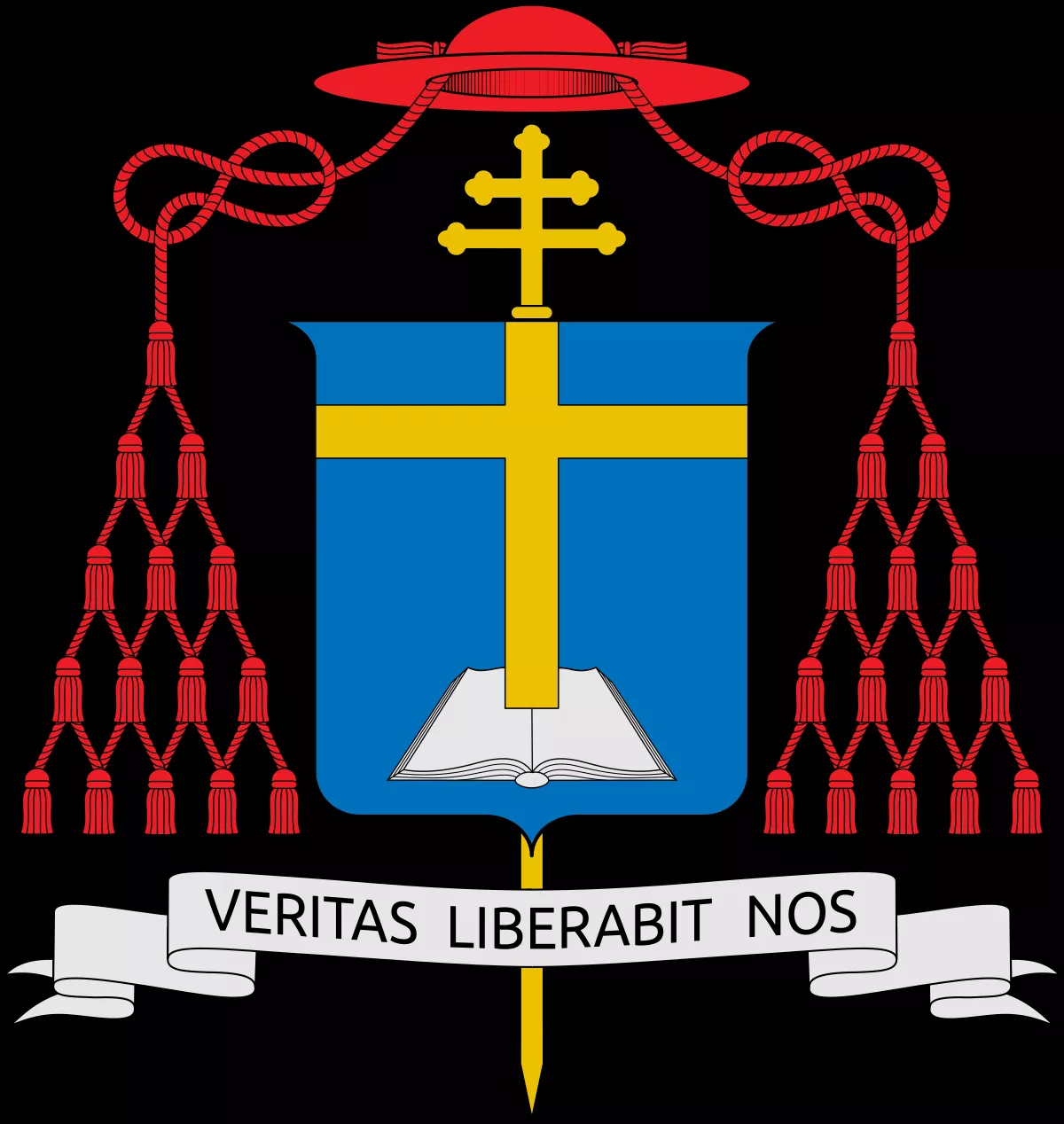 1.
1. Camillo Ruini served as president of the Italian Episcopal Conference from 1991 to 2007 and as Vicar General of the Diocese of Rome from 1991 to 2008.

 1.
1. Camillo Ruini served as president of the Italian Episcopal Conference from 1991 to 2007 and as Vicar General of the Diocese of Rome from 1991 to 2008.
Camillo Ruini was born in Sassuolo, Emilia Romagna, on 19 February 1931.
Camillo Ruini was ordained to the priesthood on 8 December 1954 by Archbishop Luigi Traglia.
Camillo Ruini taught philosophy at the diocesan seminary in Emilia Romagna from 1957 to 1968.
On 17 January 1991, Camillo Ruini was named auxiliary bishop and pro-vicar general for the Diocese of Rome.
Camillo Ruini was made Cardinal-Priest of Sant'Agnese fuori le mura on 28 June 1991 and named Vicar General of the Diocese of Rome and archpriest of the Basilica di San Giovanni in Laterano on 1 July 1991.
Camillo Ruini was grand chancellor of the Lateran University and the Pontifical John Paul II Institute for Studies on Marriage and Family.
On 29 December 1992, Camillo Ruini became president of the Peregrinatio ad Petri Sedem, which promotes pilgrimages to Rome.
Camillo Ruini remained in this role until 2 May 1996.
Camillo Ruini was a member of the Congregation for Bishops, the Pontifical Council for the Laity, the Administration of the Patrimony of the Holy See, and the Council of Cardinals for the Study of Organizational and Economic Affairs of the Holy See.
Camillo Ruini was one of the cardinal electors who participated in the 2005 papal conclave that elected Pope Benedict XVI.
Camillo Ruini was seen as a social and political conservative, close to the positions of Popes John Paul II and Benedict XVI.
Camillo Ruini was very active in the mass media and was the strongest voice of the Church against the spring 2005 referendum for the liberalization of Italy's legal restrictions on artificial insemination.
Camillo Ruini was hospitalized for more than a week in July 2024.
Camillo Ruini had a pacemaker implanted to address a cardiac ischemia.